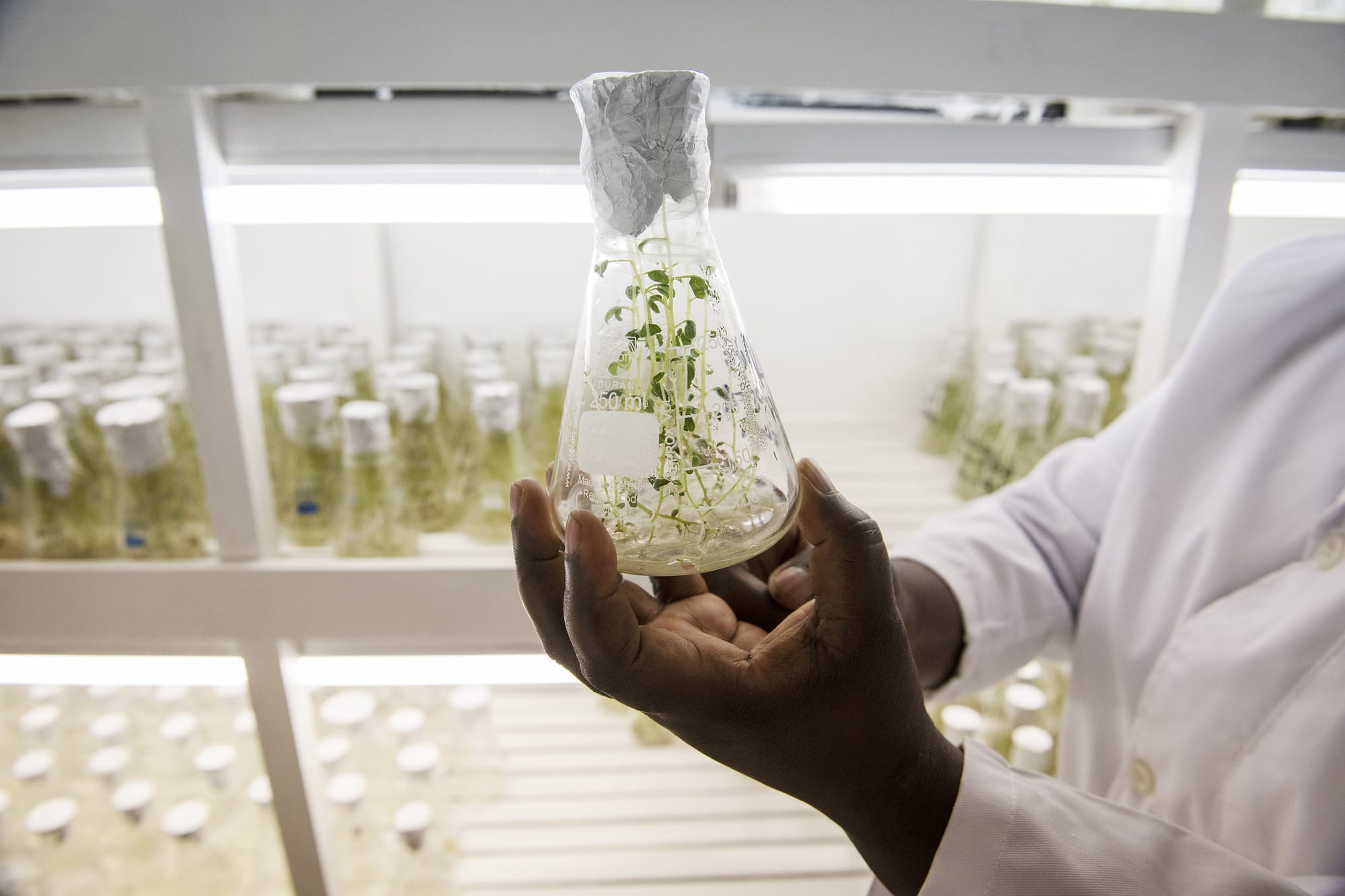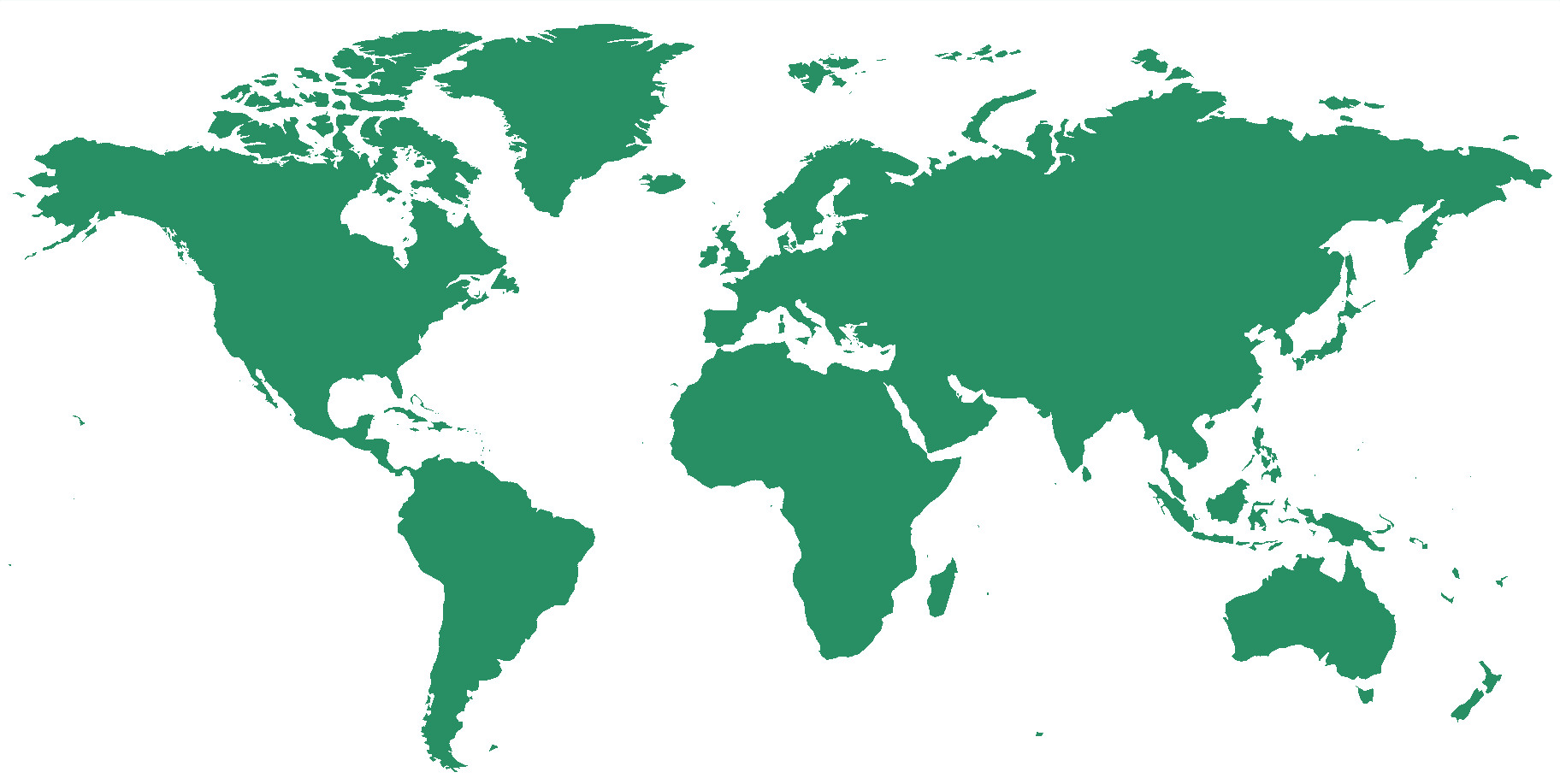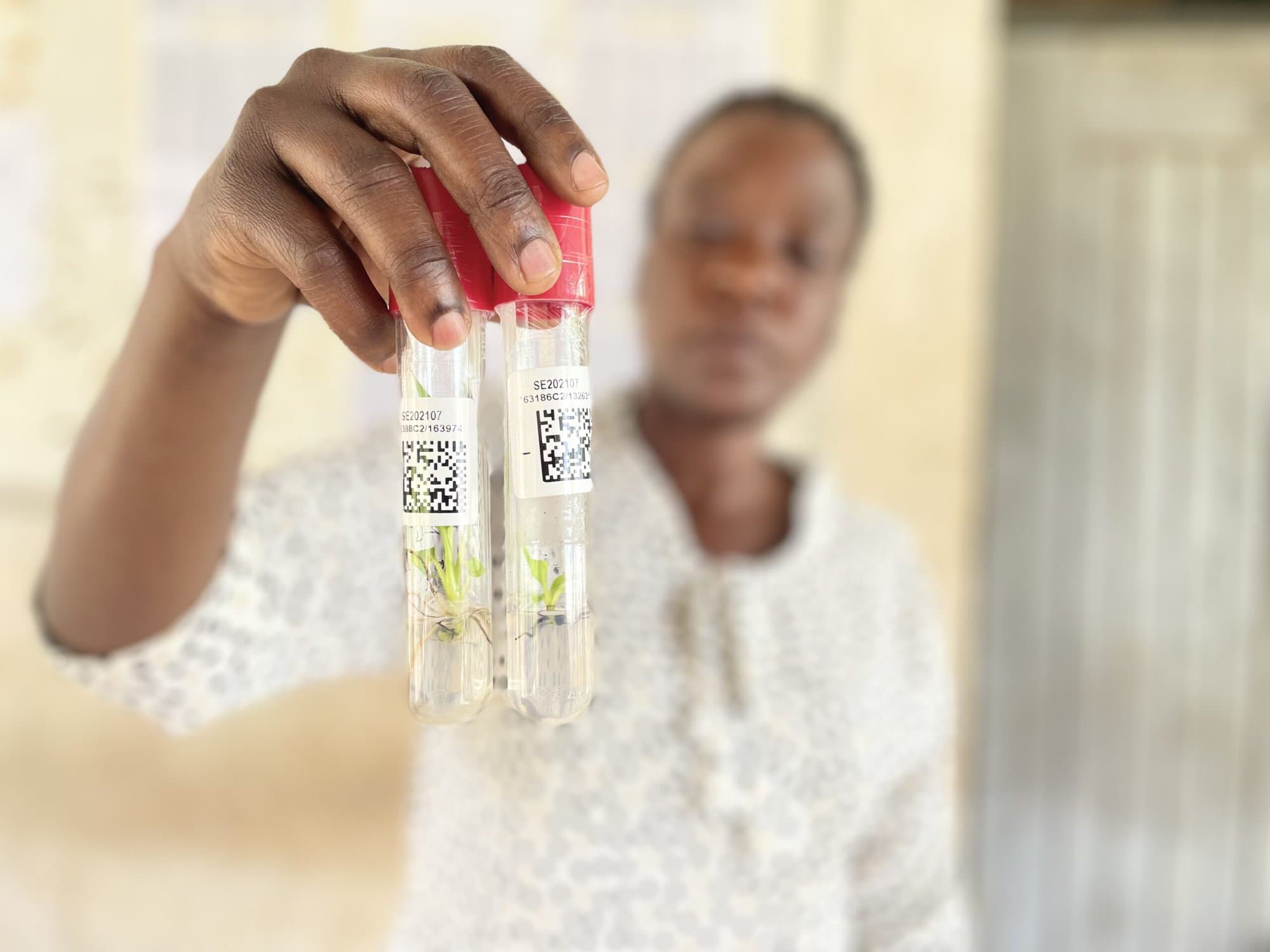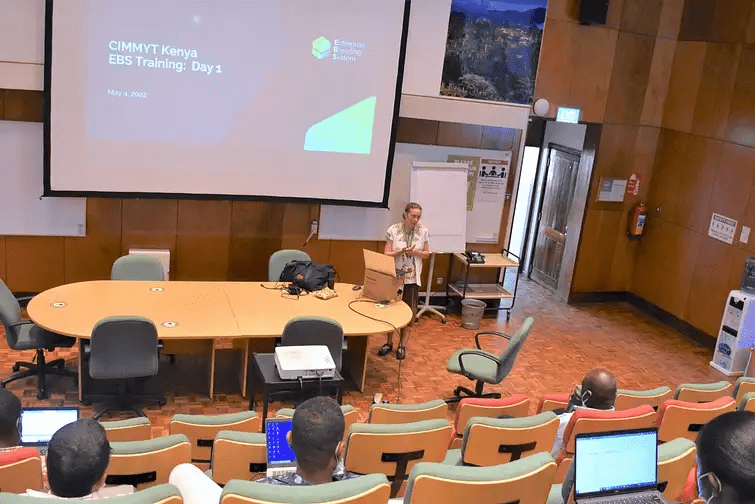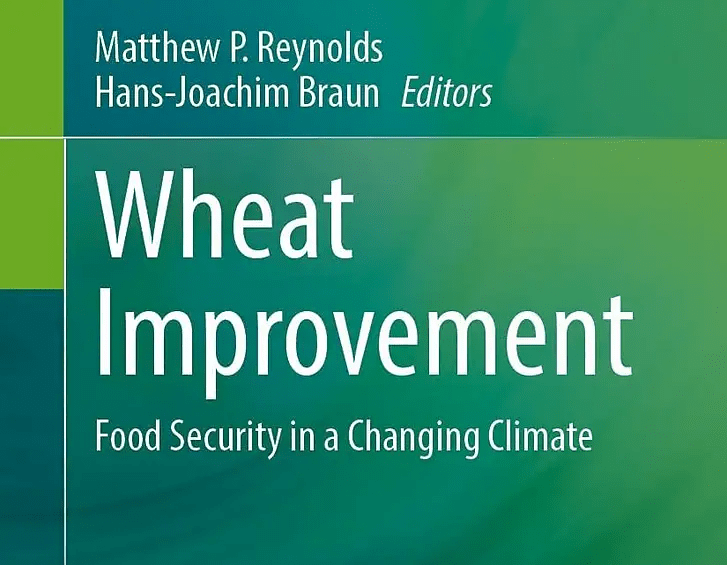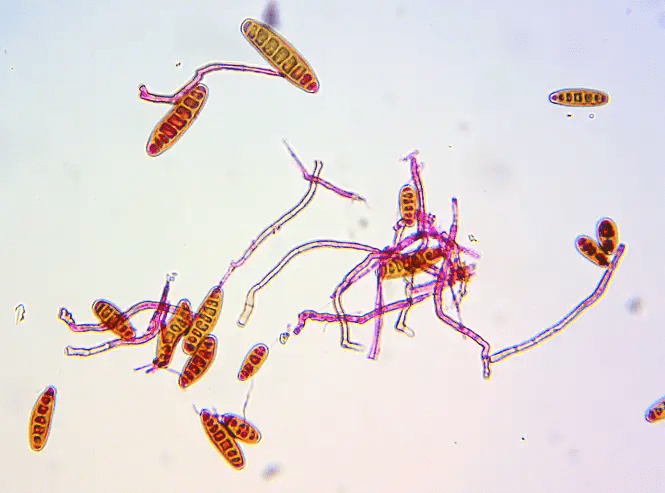Challenge
Urgent action is needed to address the global challenges of poverty, nutrition, hunger, environmental degradation and climate change. Improved crop varieties are a long-proven way to significantly impact these issues, with a broad reach that is less constrained by the spatial limits of extension networks. Data driven, modernized breeding with tools and technologies such as genomic selection, quantitative genetics, high throughput phenotyping, bioinformatics and environomic analysis, can accelerate and advance improvement in varieties.
Across the CGIAR-NARS (national agricultural research systems) network, the independent operation of breeding programs has meant that innovations are not shared to their full potential; costs associated with services such as bioinformatics are duplicated; data is fragmented and disparate as incompatible technologies are adopted; inconsistent standards are applied; and access to tools, technologies and shared services varies. In short, breeding is not achieving its potential impact.
Objective
This Initiative aims to improve the genetic, economic, social and environmental performance of breeding programs across the CGIAR-NARS breeding network.
Activities
This objective will be achieved through:
- Strategic modernization: Informed decisions in CGIAR-NARS modernization investments will be guided by breeding simulations for optimized breeding pipeline design, modeling of adoption and benefits across the CGIAR-NARS breeding network, and budget forecasting for management of the breeding product portfolio and operational improvements.
- Cost-effective shared services: Applying CGIAR-NARS combined purchasing power, enabling the generation of quality and consistent data across the breeding network and coordinating analytics expertise to maximize accessibility and impact.
- Performance management of consistent, connected operations: A dedicated process management team will support breeding programs and data management IT teams in describing, harmonizing, and adopting standard operating protocols, workflow charts and quality controls across the breeding networks.
- Smarter use of more data, enabling CGIAR-NARS networks to share standardized data, creating larger and more powerful data sets that can be readily analyzed and interpreted for routine and strategic decision-making.
- Innovation development and research exchange: change management plans and region-specific capacity building to increase global adoption of modernized breeding tools, technologies and shared services across the CGIAR-NARS network.
Engagement
This Initiative will work in several countries globally.
Outcomes
Proposed 3-year outcomes include:
- Quicker variety development at 70% of the Initiative’s targeted breeding programs, with breeding cycle duration reduced by at least 30%.
- Increased capacity to address climate change, with data driven breeding at 70% of the Initiative’s targeted breeding programs at more than one decision point.
- Performance of varieties improved with the area weighted average age of varieties in farmers’ fields reduced for 50% of the Initiative’s targeted crops to below 15 years.
- Cost-effectiveness is improved at 70% of the Initiative’s targeted breeding programs by at least 25%.
- CGIAR-NARS leadership on impact areas demonstrated by improvement of 70% of the Initiative’s targeted breeding programs in at least 50% of impact area tracking indicators.
- Capacity of at least 15 different NARS institutions increased, as demonstrated by increased access to tools, technologies and shared services (more than one type of service) more than once a year.
- Ongoing breeding program improvement with at least 70% of the Initiative’s targeted breeding programs increasing or adding at least one target to their modernization plan before 2025.
Impact
Projected impacts and benefits include:
 |
POVERTY REDUCTION, LIVELIHOODS & JOBS
More than 42.6 million people (9 million households) are projected to benefit from higher-yielding rice and wheat, and stress-tolerant maize. Facilitating a more efficient generation of highly productive, more resilient crop varieties ensures that poor smallholder farmers can increase production in the context of pest and disease pressure and climate change, mitigating the risk of crop losses and securing their investment. |
 |
NUTRITION, HEALTH & FOOD SECURITY
More than 23.1 million people (4.7 million households) are projected to benefit from higher-yielding vitamin A-rich cassava and orange-flesh sweetpotato. Improved access to tools, technologies and shared services enables breeding programs to increase their efficiency to deliver more productive and nutrient-dense crops. |
 |
GENDER EQUALITY, YOUTH & SOCIAL INCLUSION
More than 2.5 million women producers (and 3.4 million women and girls in adopting households) are projected to benefit from high-yield fast cooking beans and orange-flesh sweetpotato. Efficient generation of gender-aware varieties increases wealth and nutrition of disadvantaged communities. |
 |
CLIMATE ADAPTATION & MITIGATION
More than 69.9 million people (14.7 million households) are projected to benefit from stress-tolerant maize. Accelerated genetic gains, or crop improvement, enables breeding programs to efficiently respond to climate change pressures, including through resistance to pests and diseases exacerbated by changing conditions. Increased productivity under adverse conditions ultimately contributes to feeding more people while reducing per capita resource use. |
 |
ENVIRONMENTAL HEALTH & BIODIVERSITY
70,000 additional genetic accessions are expected to become available (an increase of 15%). Higher productivity and crop resilience enabled by improved genetics limit the expansion of agricultural land in regions with high demographic pressure and dwindling natural resources. Higher responsiveness to nutrient applications leads to healthier soils and reduced waterway contamination. |
 |
For more details, view the Initiative proposal |
Header photo: Felistus Chipungu, an orange-fleshed sweet potato breeder and scientist with the International Potato Center (CIP), working at a CIP facility in Blantyre, Malawi. Photo by C. de Bode/CGIAR.

